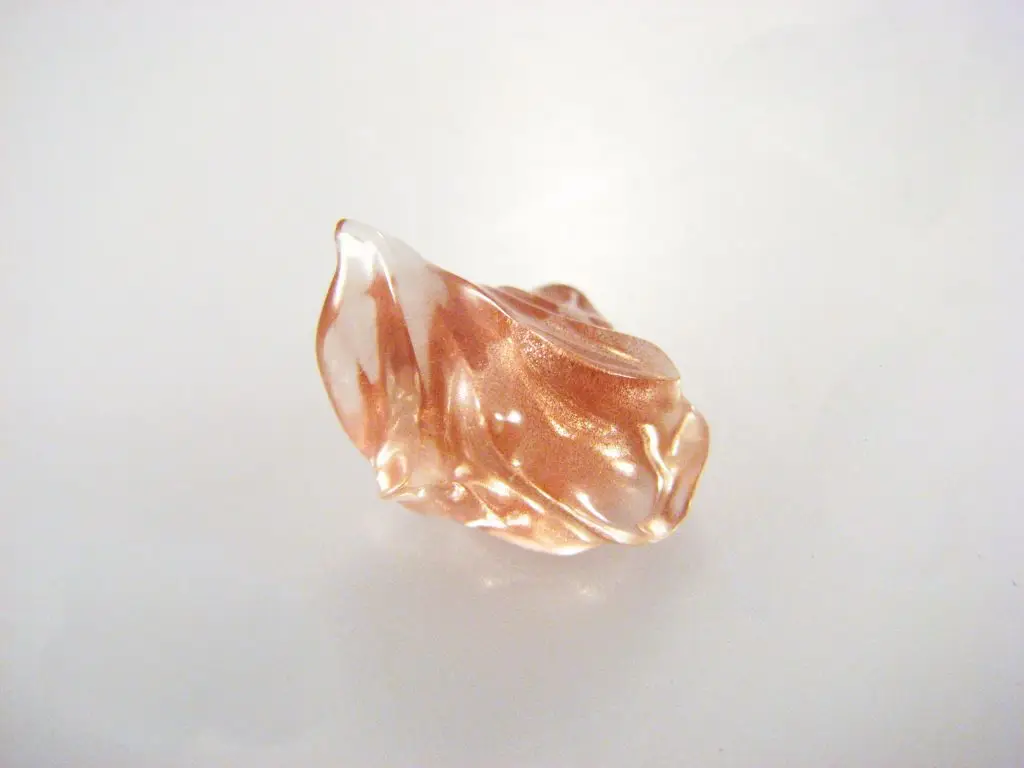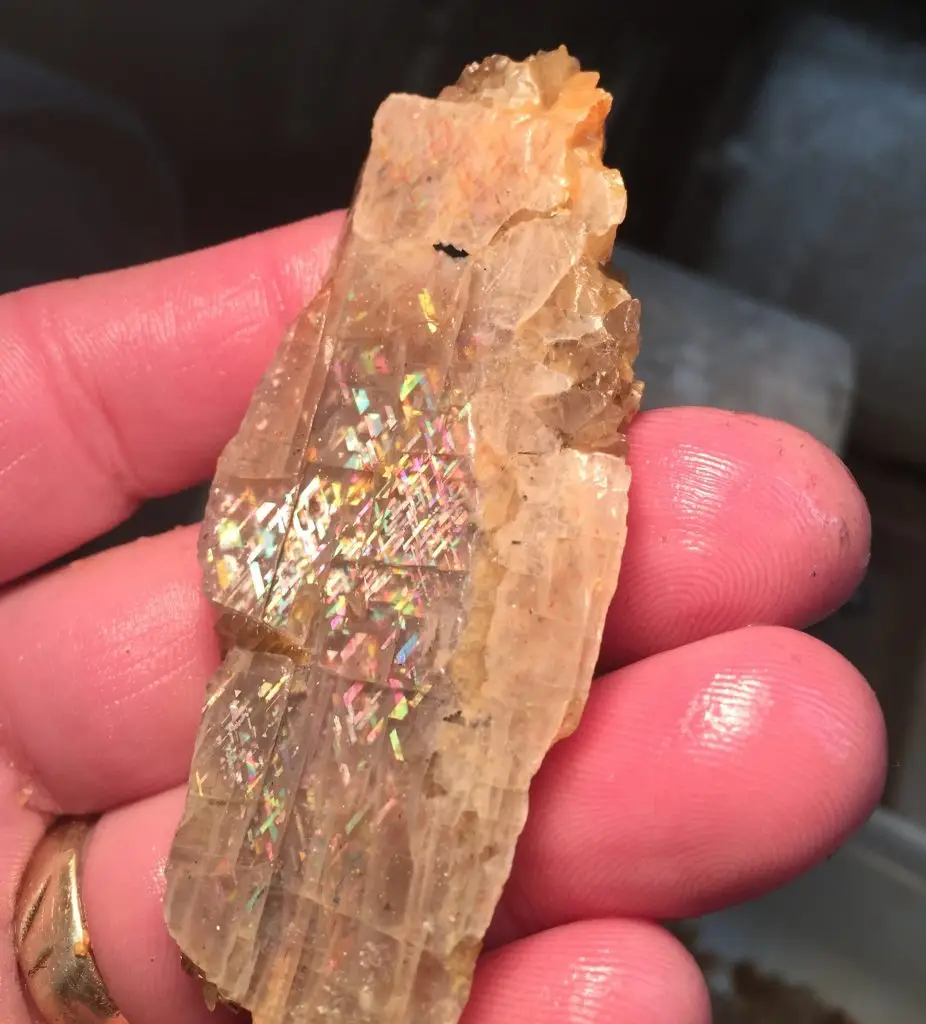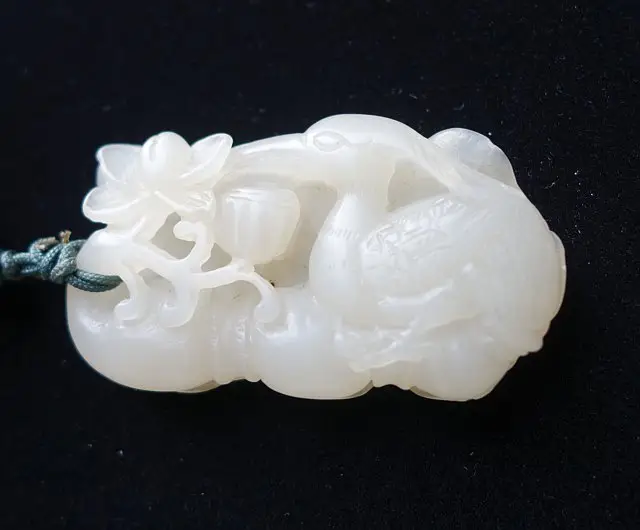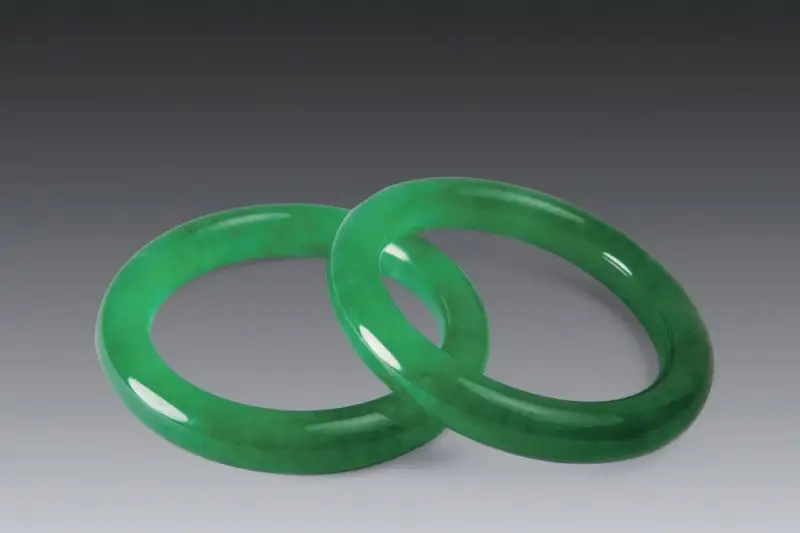Sunstone
Discovered by mineralogists in 1837, sunstone is primarily composed of oligoclase from the plagioclase series. Initially, it was very expensive due to its rarity, but it became more widely available after new deposits were discovered in Norway and Siberia. Its name comes from the fact that when viewed from a certain direction, the gemstone will shine with a bright golden brillience, which is a phenomenon known as “Aventurescence”. This shimmer is due to the presence of fine mineral inclusions within the gemstone, such as chalcopyrite, native copper, annite, goethite or hematite, which reflect golden to brownish-yellow light. The color of the gemstone is influenced by the amount of inclusions; the more inclusions it has, the deeper the color.

(Figure 1) 1
Sunstone
- Crystal system: triclinic crystal system
- Hardness: 6~6.5
- Specific gravity: 2.62~2.65
- Luster: Vitreous luster
- Transparency: Opaque
- Color: reddish-brown with glitter
- Index of refraction: about 1.54
- Birefringence: 0.001
- Fluorescence: Both long and short waves are dark brown-red fluorescence
- Cleavage: complete cleavage
- Characteristic: Aventurescence
- Imitation: glass
The commercial value of sunstone
Ornamental
Not all sunstones exhibit aventurescence, some of the small reflective inclusions cause an orange-red luster, only the larger ones can be termed as aventurescence.
Under microscopic observation, it shows elongated, tabular mineral inclusions with iridescent interference colors, which makes it easy to distinguish from glass imitations containing copper flakes
When selecting sunstone, it is best to choose one that is evenly covered with metallic shimmer. To maintain it, avoid impacts to prevent damage along the cleavage planes.
Other feldspar groups:
A gems with unique optical effects – Labradorite
A gemstone that radiates moonlight — Moonstone
A gemstone with mysterious river-colored — Amazonite
Follow Honway to learn more about the characteristics of gemstones~
Photo Credit:




